Ferrari Roma: First Impressions
Roma, if you spell it backwards, reads ‘Amor,’ which means ‘love’ in English. Now, coincidence or not, you can’t deny that it hardly takes a moment to fall in love with this Ferrari. If I were to use one word to capture the essence of this Ferrari, it would
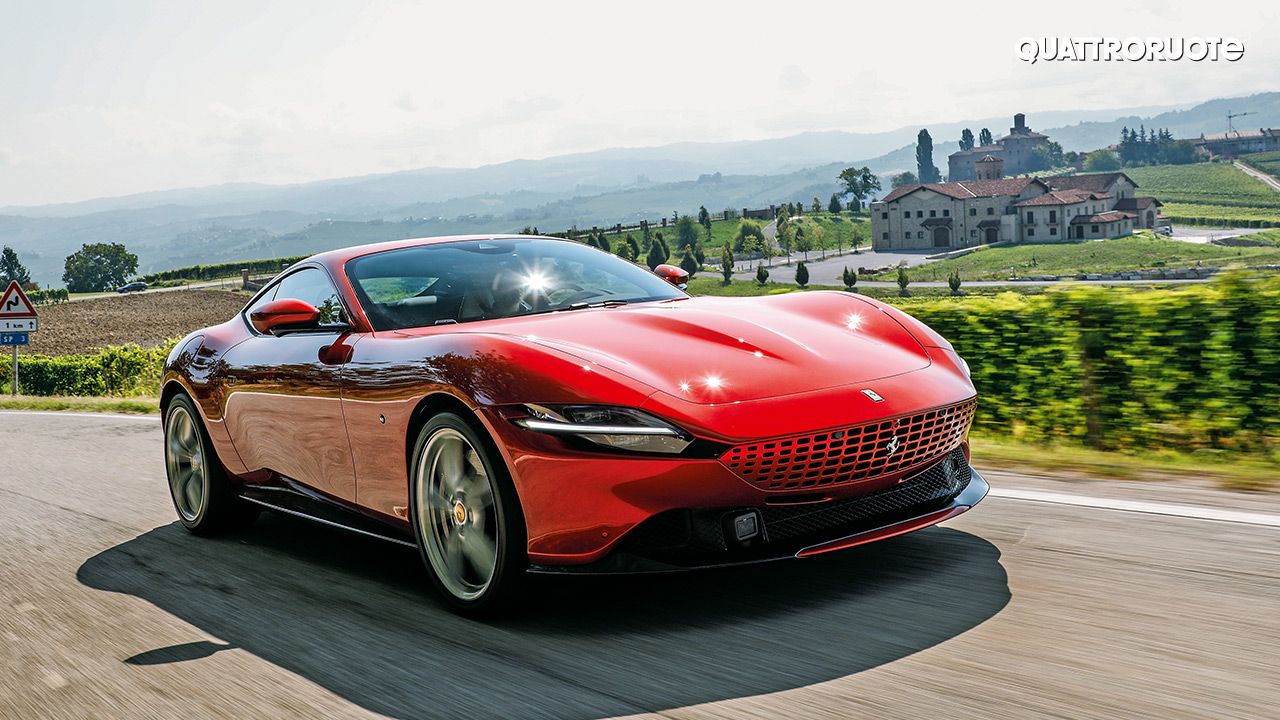
The history of the Prancing Horse is studded with elegant front-engine grand tourers. And, with the Roma, this tradition is alive again. But the question is, how does it drive?
Roma, if you spell it backwards, reads ‘Amor,’ which means ‘love’ in English. Now, coincidence or not, you can’t deny that it hardly takes a moment to fall in love with this Ferrari. If I were to use one word to capture the essence of this Ferrari, it would undoubtedly be ‘beauty.’ And its beauty is such that it perfectly captures the past and reflects the present. In other words, it’ll be a new Ferrari for Ferrari enthusiasts, but its design cues are reminiscent of the immortal masterpieces, like the 250 GT Lusso. That aside, even its name, ‘Roma,’ is a reference to the past, a tribute to the Dolce Vita (the good life). So, it’s a bridge between the past and present that aims to preside over the ground ruled by Aston Martin, Bentley, and Porsche, with the V8 Vantage, Continental GT, and 911 Turbo S, respectively.
The reference to the past, however, should not be misconstrued. While the fact that the Roma is a modern interpretation of the past leaves no room for doubt, it’s also true that the sculptural form of this beautiful machine doesn’t make you nostalgic – it’s as contemporary as it gets. If anything, its beauty and elegance is timeless. And, believe me, there’s nothing hyperbolic about claiming that its styling is even futuristic in many instances. For instance, the grille is a modern reinterpretation of course. The rear lights, meanwhile, hark back to the round lights of old, but actually work with the bodywork to form a sort of full-width blade.
And then there are the aerodynamics. Now, we’re not witnessing any black magic here, as often happens at Maranello – think of the invisible blown spoiler of the F8 Tributo – but, still, its integration is nothing short of magic. The rear wing, depending on the speed, rises to three different heights and guarantees 95kgs of additional downforce at 250km/h as compared with the Portofino.
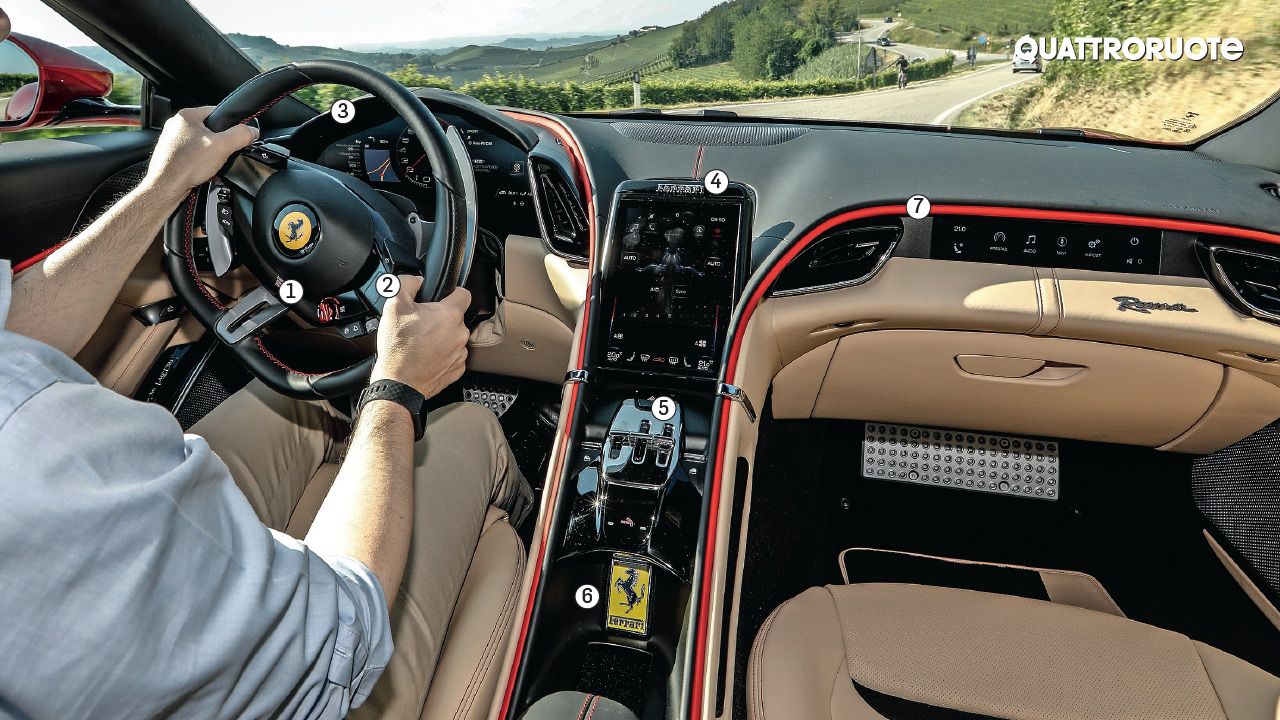
Cornucopia of Screens
It’s true that the Roma shares various technical similarities with its sibling – although, in the end, it only shares 30% of its components with the Portofino – however, the cockpit is the last place to look for them. Inside, the scene is truly unprecedented and marked by the same elegance that characterises its external design.
Overall, the inside of the Roma manages to be both sumptuous and hi-tech. The moment you enter, you’re greeted by two cockpits, side-by-side, perfectly symmetrical, with brilliant ergonomics. The analogue tachometer of the past has now been replaced by a fully reconfigurable 16-inch display, and it’s not the only one. In the middle, bridging the gap between the driver and the passenger, there’s a multimedia screen, along with some physical controls – three sliders arranged on a chrome-plated element, which remind you of Ferrari’s classic gearshift gate. And it seems that this is just the beginning of a new tradition, much like the small enamelled jewel that is the ‘ignition’ key.
In terms of the relationship between man and machine, the Roma follows the trend started by the SF90 Stradale – the capacitive buttons on the steering wheel still leave room for improvement though. In terms of feedback, however, the Roma achieves a level that was completely alien to this Ferrari’s ancestors.
Even the Manettino has become more tech-oriented – it now rests on illuminated sectors – but the effect remains the same as ever. Abandoning the three positions of the Manettino in the Portofino, the Roma offers five, like its big sisters – frankly, this specific detail of the car is a real declaration of its intent. Select Race and things become clear instantly – it may be the Ferrari to enjoy during everyday life, if you can afford it of course, but this Prancing Horse offers you more than you bargained for. The engine here is the well-known 3.9-litre V8, capable, in this case, of producing 620 horses – about twenty more than the Portofino, but a hundred less than the F8 Tributo.
And it’s right in between these two that the new Roma has been positioned. Now, for those who are hell-bent on insisting that the Roma looks like an Aston Martin, well, I only have this to say – personally, I have always dreamt of an Aston Martin with a Ferrari engine.

Engine, Sound, Wonder
The V8 in the Roma is, as usual, unique and brilliant. It’s quick to obey your commands and loves to rev. And, after the 5,000rpm mark, things become really interesting. The engine comes mated to a new eight-speed double-clutch gearbox (for more information, see the box above), which is perfect in everything it does – gearshifts are quick, smooth, and as consistent as possible. It’s so fast that upshifts happens even before the paddle returns to its rest position.
The Roma’s chassis has been tuned to satisfy even the most demanding drivers, and benefits from the latest Ferrari technology that has been developed for its new-gen models. Overall, it makes the driving experience beautiful and satisfying.
The Roma has a character of her own, in terms of both elegance of design and performance. It allows you to dismiss corners with a swiftness that’s characteristic of Maranello’s cars – the communication between the front and rear always remains abundant, constant, and crystal clear.
Driving the Roma is so gratifying that, at times, you’re reminded of one of its mid-engined sisters. True, there’s nothing distinct about the brushstrokes, and that’s okay. From the mid-engined cars, it borrows the Side Slip Control (SSC), which makes drifting really cool and easy. And the great thing is that the electronics don’t diminish the driving experience even a little bit. If anything, it adds to the whole experience, taking it to a higher level. If you make a mistake, it intervenes and stops you, but if you behave well, it adds to your skills and makes driving even more rewarding. It’s like a vinyl recording – it has the same warmth, freshness, and naturalness.
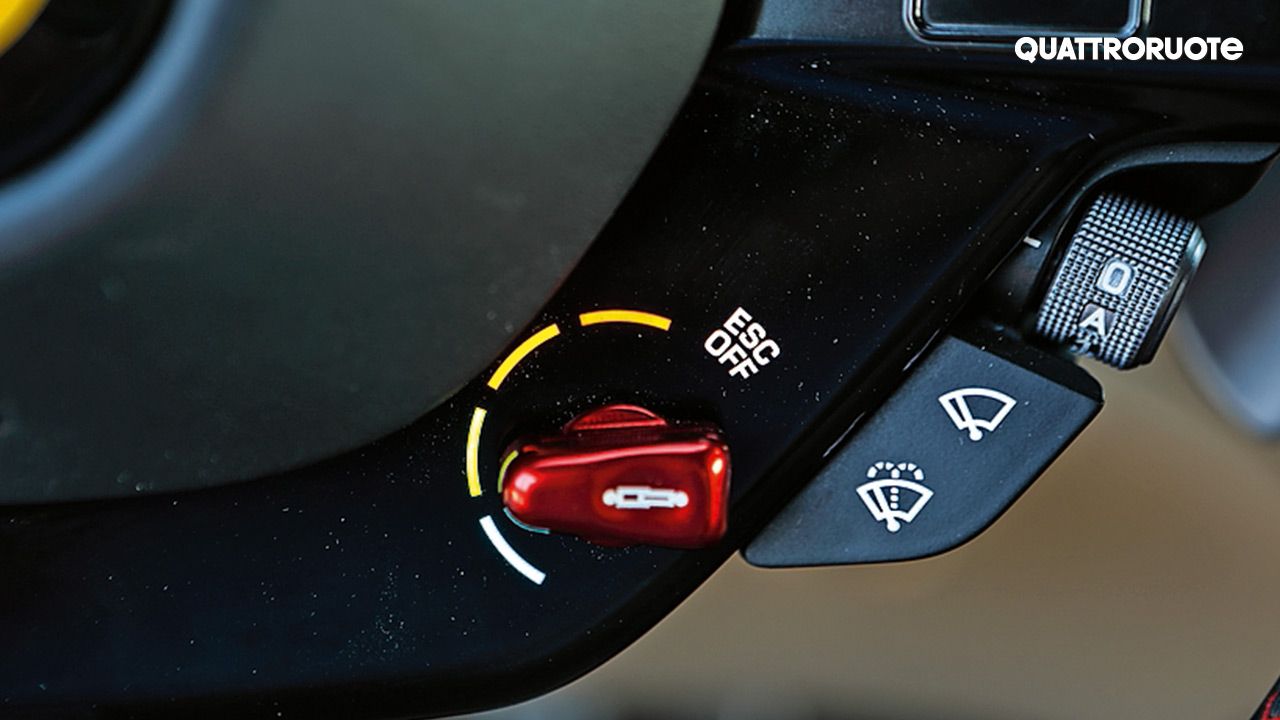
The Manettino in the Roma has gained two more positions compared to the Portofino, which is a real declaration of intent when it comes to the performance target of the Roma.
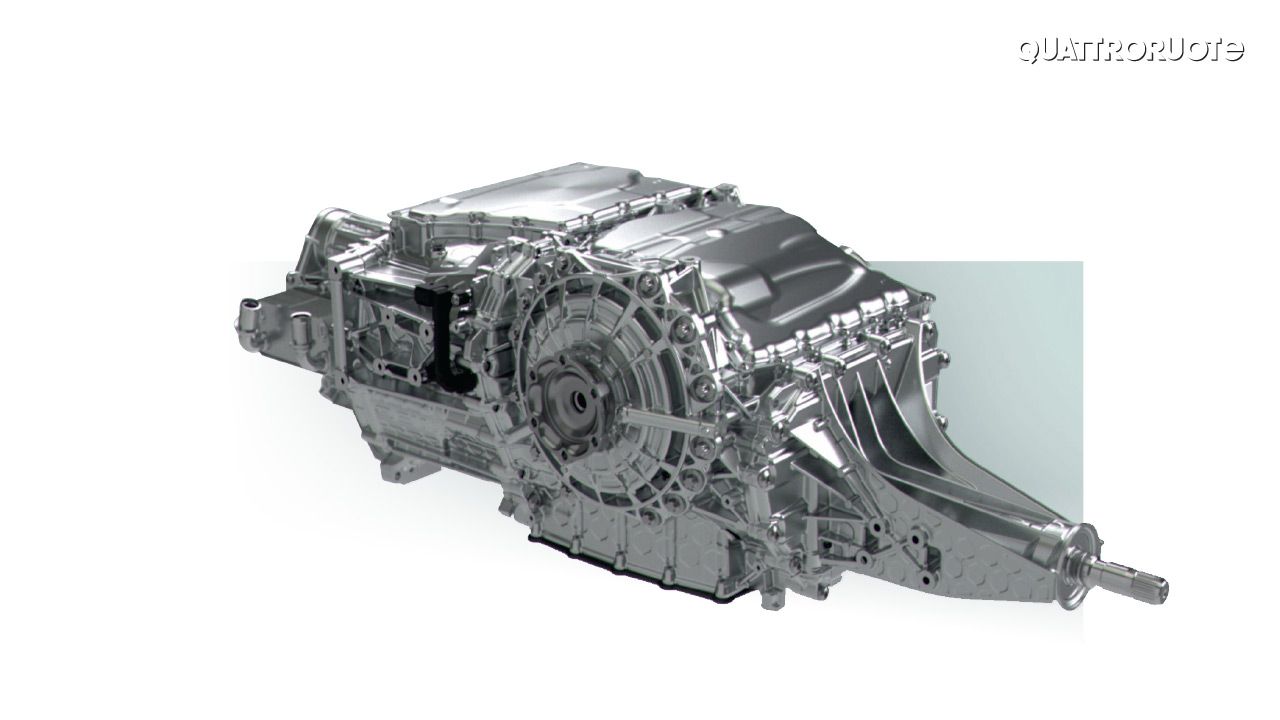
TECHNOLOGY
EXTRA EDGE
The Roma’s V8 belongs to the award-winning F154 family – a bi-turbo born with the California T and 488 GTB, which reached its peak in the SF90 Stradale. On this coupé, it delivers 620 horses (612bhp) and is combined with a new eight-speed gearbox from Getrag, which replaces the previous seven-speed double-clutch gearbox – with an architecture that’s quite different. In fact, it has a three-shaft layout instead of four. The addition of the eighth gear was not so much to redistribute the first seven gears, which, overall, have slightly closer ratios but to add a gear that’s perfect for highway cruising.
The introduction of the Side Slip Control (SSC) is worth mentioning. This technology first appeared in the 458 Speciale and, until now, was reserved for bigger Ferraris. Thanks to the SSC, the electronics know the slide angle, and the speed with which it varies, turn-by-turn – something that allows it to determine if, and how much, the car is under- or oversteering and how quickly, which is no less important. This allows the system to enable the car to drift in a completely safe and controlled manner.

The interior of the Roma is a clear departure from the past.
- The Manettino with five positions (Wet, Comfort, Sport, Race, and ESC off) and the start button.
- Capacitive controls to manage the instrumentation and multimedia system.
- The 16-inch digital panel, which can be reconfigured with three layouts.
- The 8.4-inch screen dedicated to the air conditioning and multimedia systems.
- The classic grid selector houses a reverse gear, manual transmission mode and launch control.
- The remote control for the keyless system.
- The 5.5-inch display for the passenger.
© Riproduzione riservata
Also read - Ferrari F8 Tributo launched at Rs 4.02 crore
Specifications, as declared by Ferrari
Engine
• Front Longitudinal
• V8 (90°) Bi-turbo Petrol
• 3,855cc
• 612bhp @ 5,750rpm
• 760 Nm @ 3,000 – 5,750rpm
Transmission
• Rear Wheel Drive
• Double-clutch 8-Speed Automatic
Performance
• Max Speed: 320km/h
• 0 – 100km/h in 3.4s
Dimensions and mass • Wheelbase: 2,670mm
• Length: 4,660mm
• Width: 1,970mm
• Height: 1,300mm
• Weight: 1,570kgs

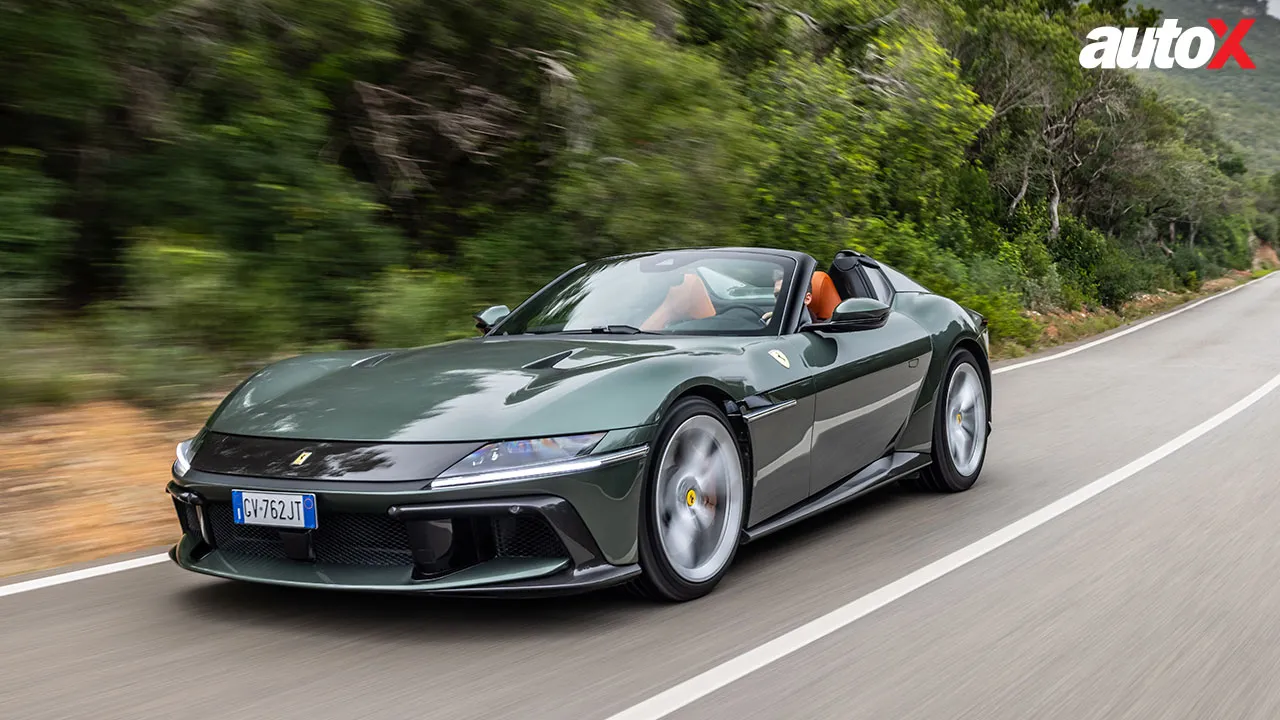
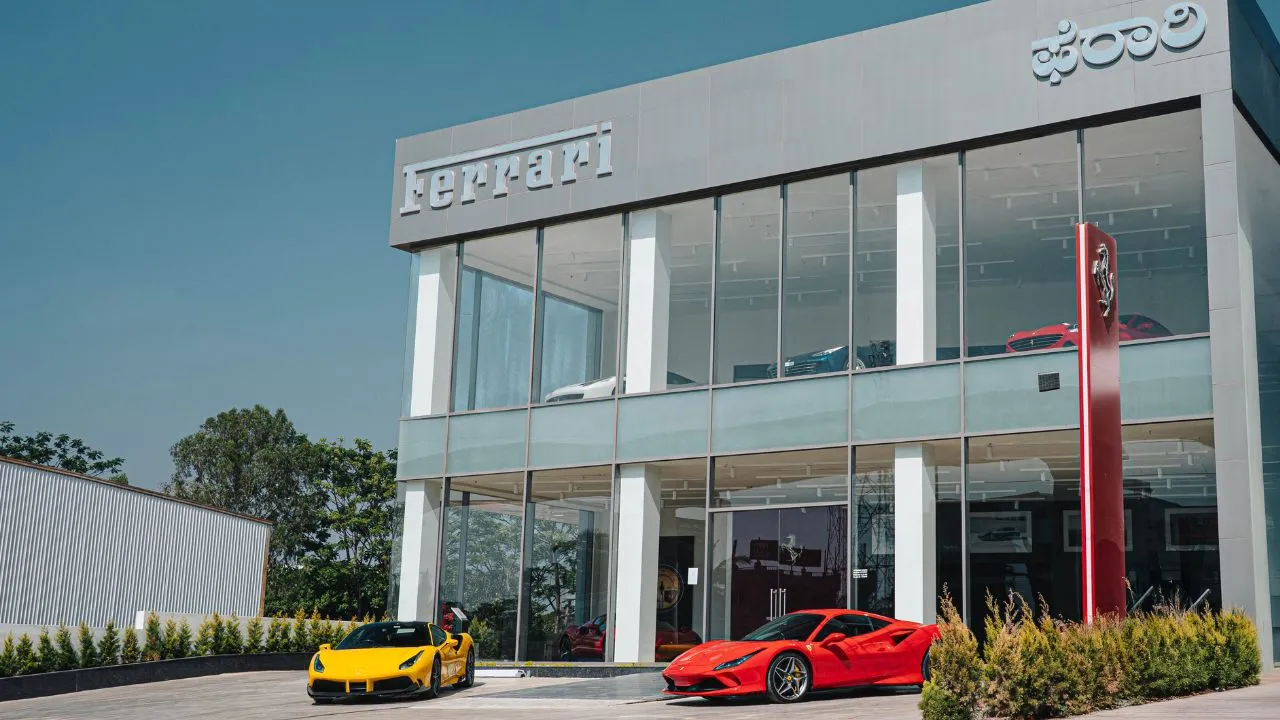
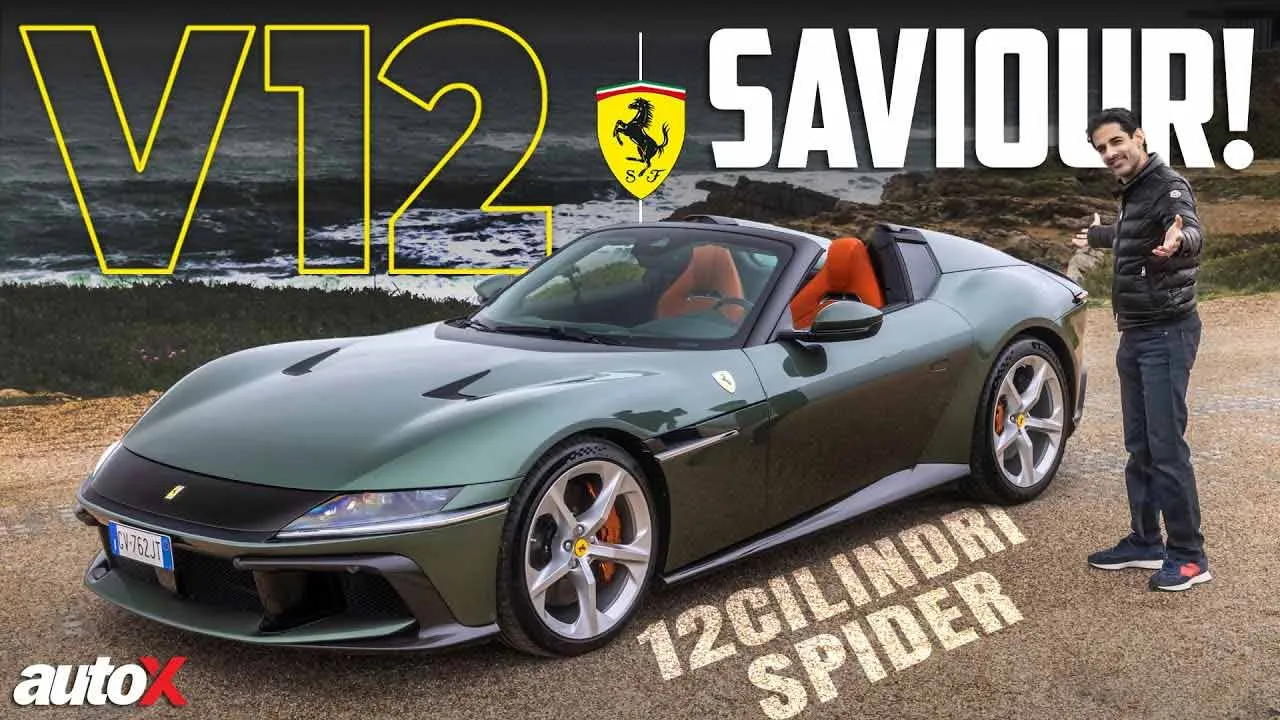

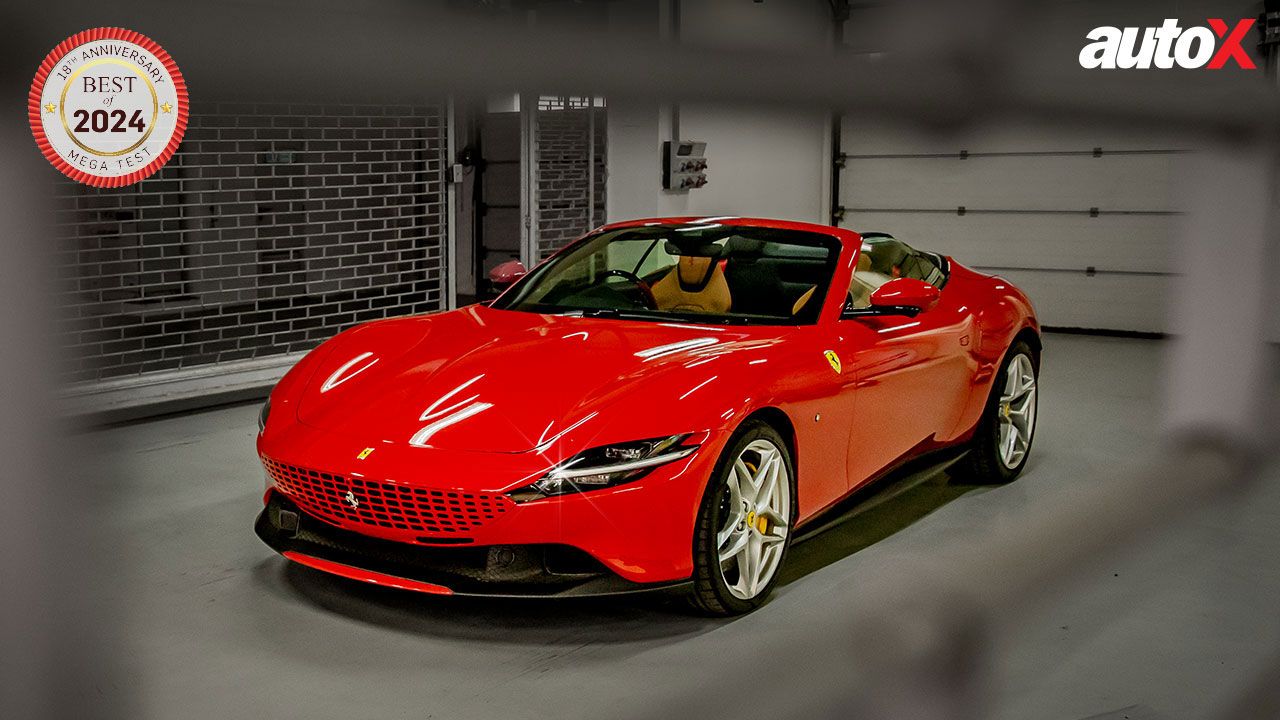






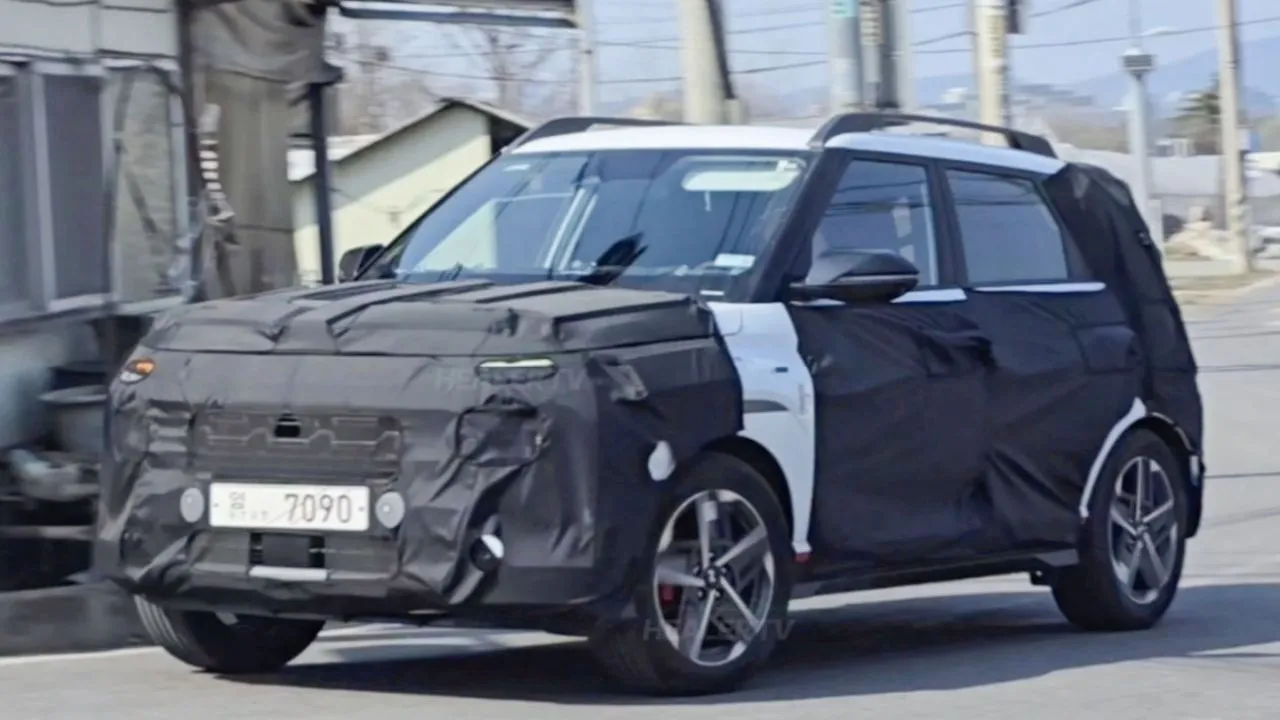
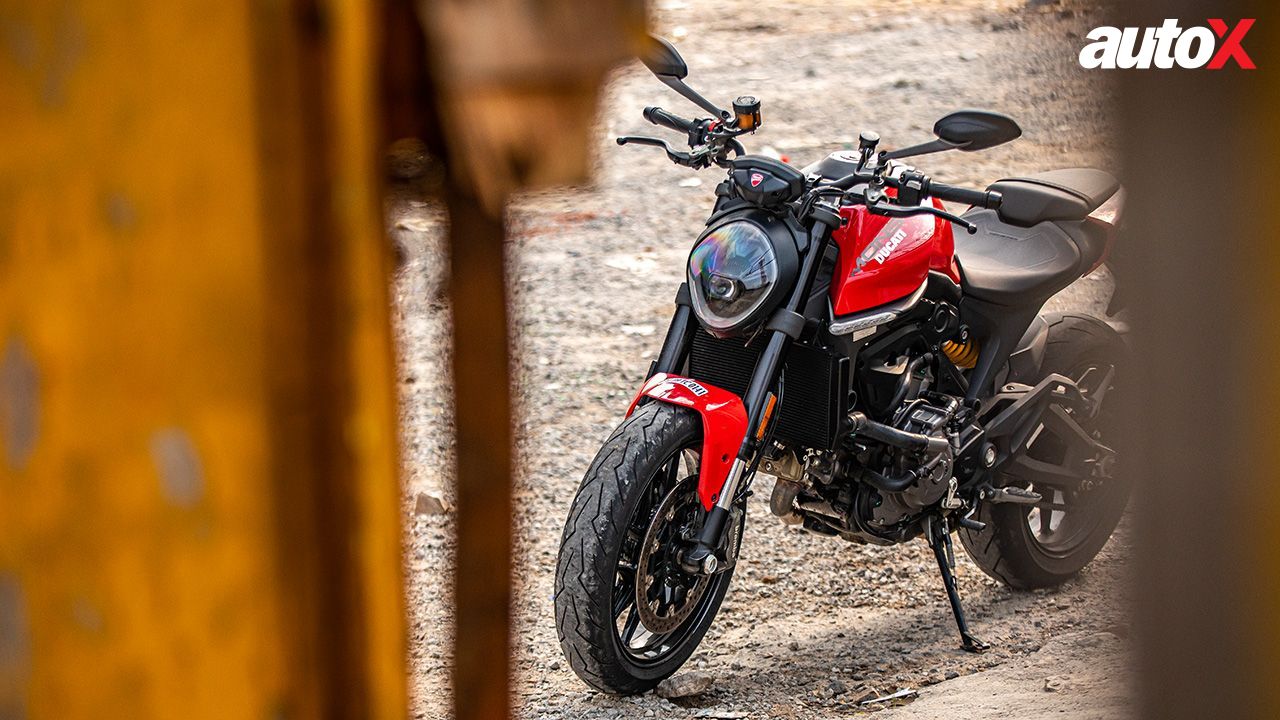
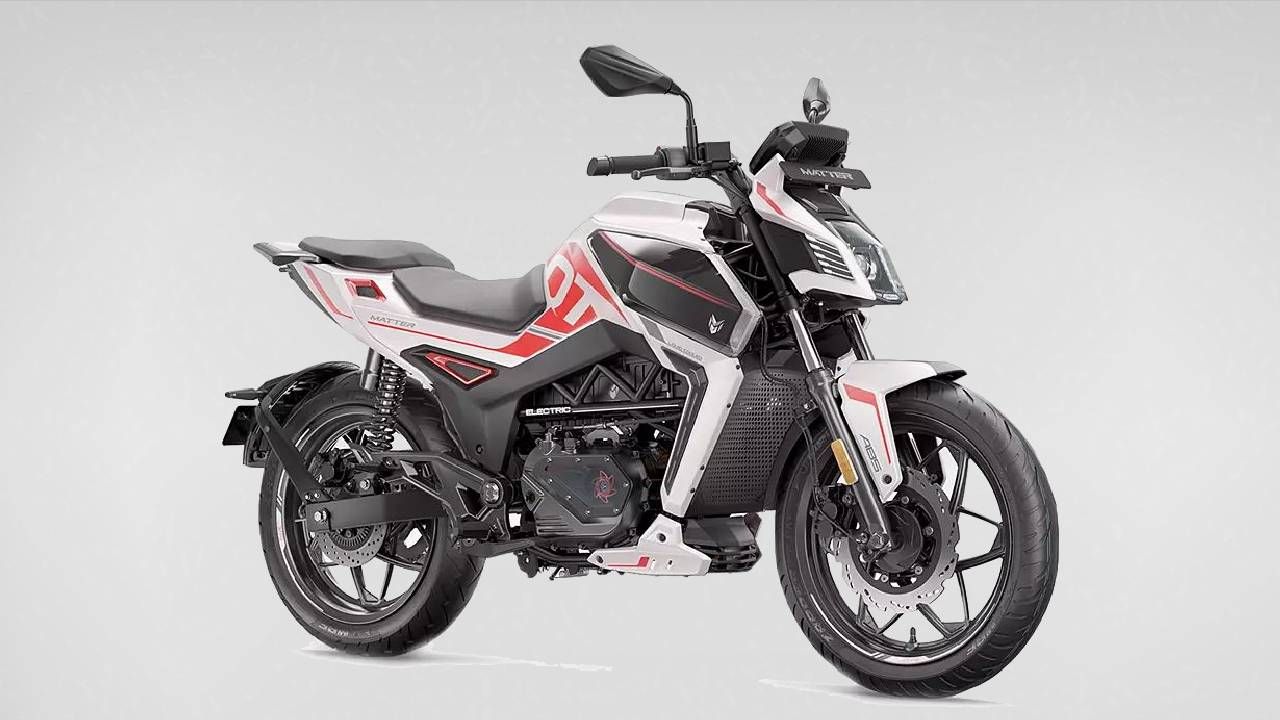


Write your Comment on